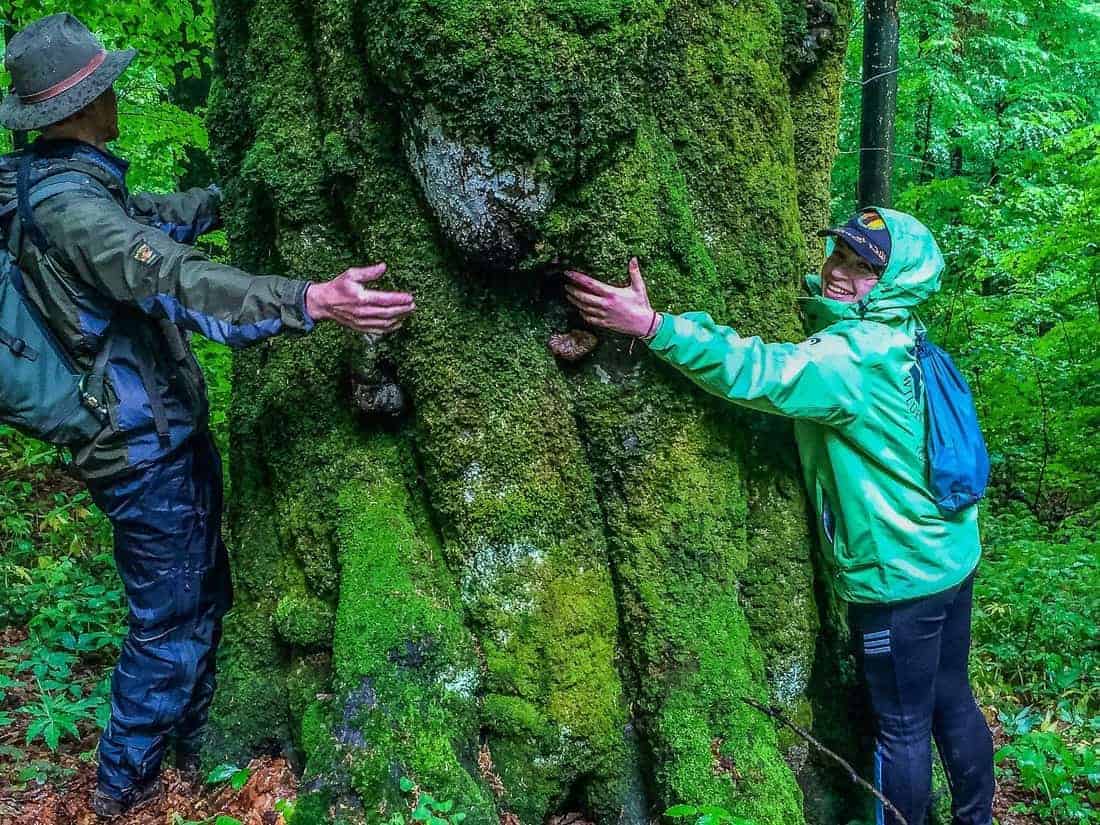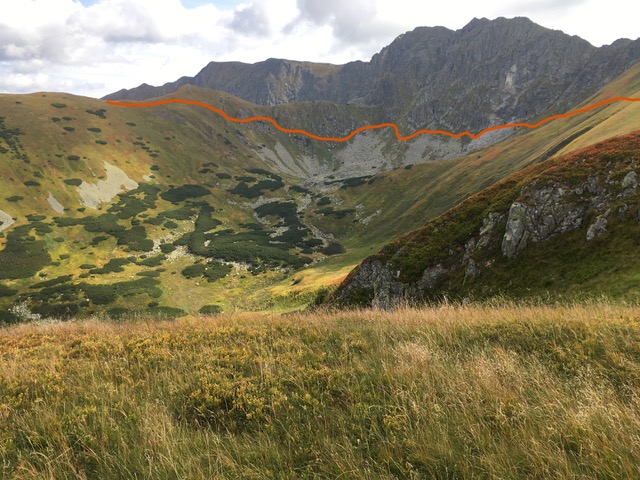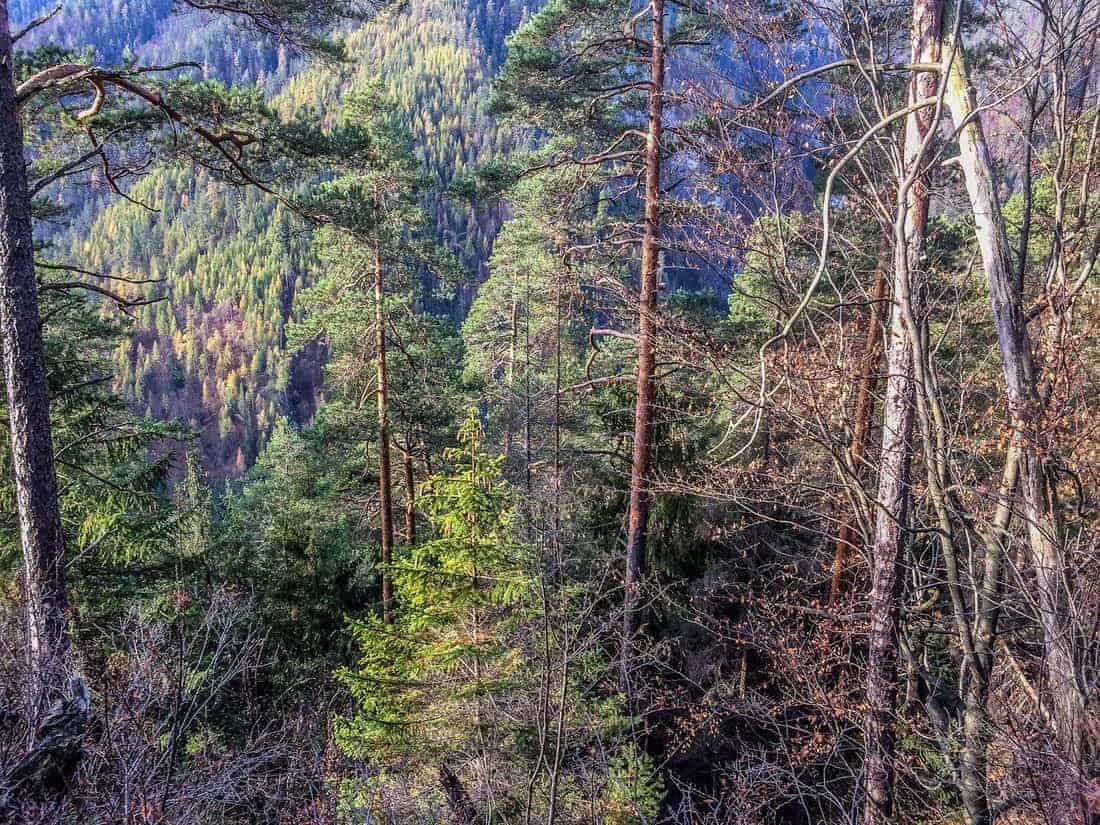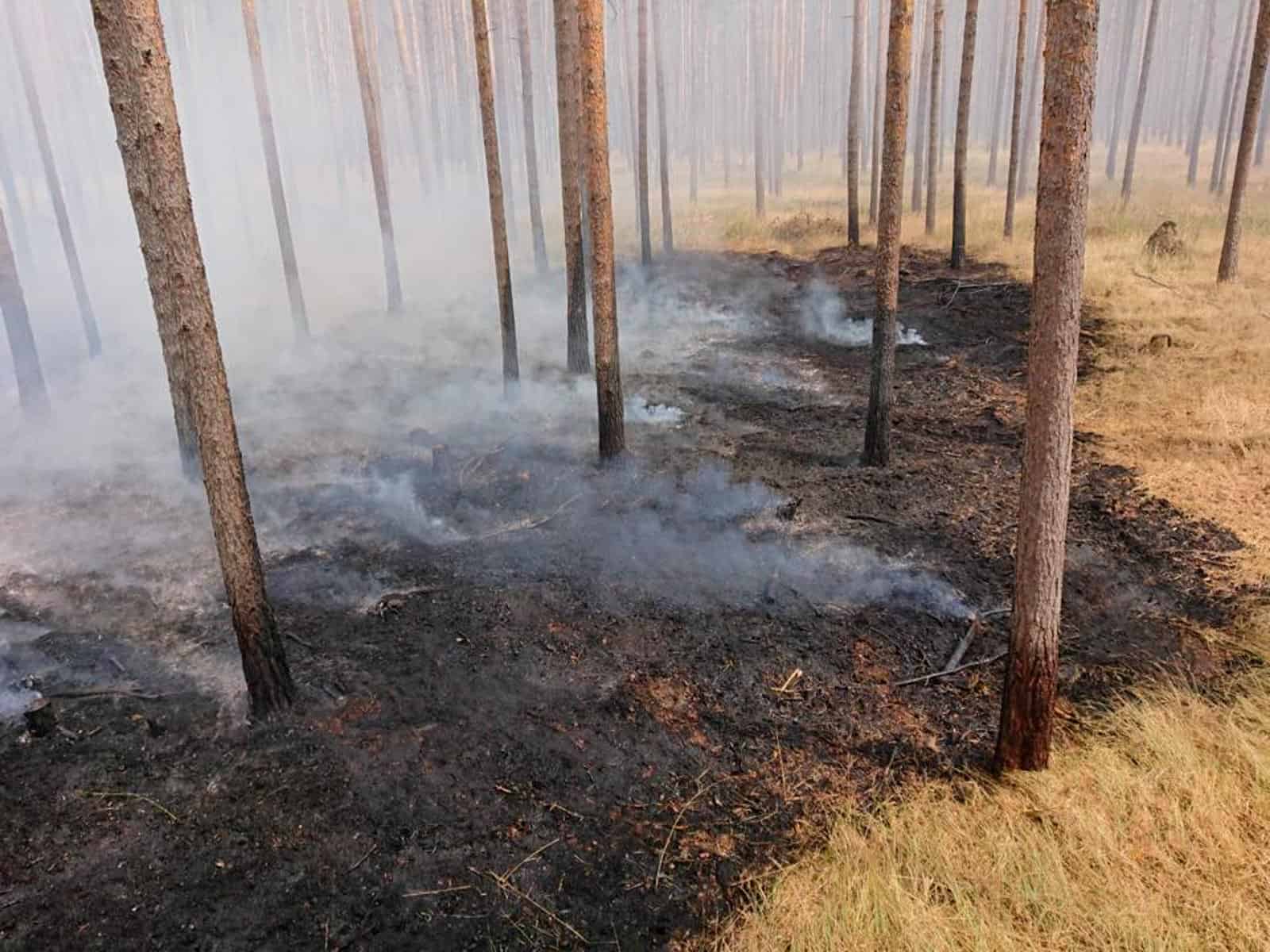Golden Sun of Tree-line on Alps
Beauty of the Larch in autumn
The beauty of the Larch is very much magnified during nice sunny days, when these scattered trees create an illusion of shining suns scattered throughout the alpine meadows.
Hiking in the Alps in autumn is like hiking among thousands of small shining suns. Bright yellow flashy needles of the European Larch magnify a unique experience accompanied with majestic peaks around.
People very much enjoy this kind of experience during their trips in the Alps.
Larch has wide distribution
The genus larch (a group of several species of larch) is present throughout all temperate-cold zones of the northern hemisphere. Different species of larch we can find from North America through the northern Siberia. This tree is also part of mountain forests in the majority of European mountains.
Larches require a cool and humid climate and for this reason you can find them in the mountains located in the temperate zones. But in the northernmost boreal zones in countries such as Sweden and Finland it is also found in the plain. The boreal zone is characterized by short, moderately warm and moist summers and long, extremely cold and dry winters.

The larch is pioneer species , not very demanding towards the soil and it is very long-lived tree. This tree often lives in mixed forests together with other conifers or also rarely with broad-leaved trees.
Larch as a dominant species in tree-line
The larches build up tree lines throughout the whole Alps. Many people admire them and are also questioning: Why is the European larch particularly so common and dominant in a tree-line zone in many parts of the Alps?
European larch throughout the Alps is a fundamental part of the previous and current tree line. Previous tree line indicate how many centuries even millennia ago the tree-line looked. Current tree-line are what we can see today.

The large areas covered by larch-meadow forest are currently dominant and typical feature in many parts of the Alps.
Conclusion
Tree-line zone, as we know it today is the result of several centuries of intensive human impact. This kind of forest spreads all over the Alps.Somehow, it indicates a similar history of human activities in these mountains.
Larch is my favourable tree. It is the dominant tree species at high altitudes in the Alps, my favourable environment. In this areas larch can reach an age of more than a thousand years. Larch is easily recognisable by its needles, which actually make it unique. When they appear in the spring, they are bright green and soft. With the first cold period in the autumn, the needles take on a beautiful yellow-golden colour.








